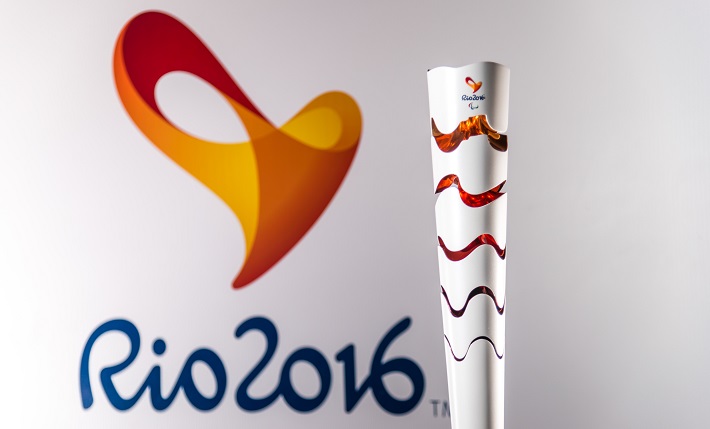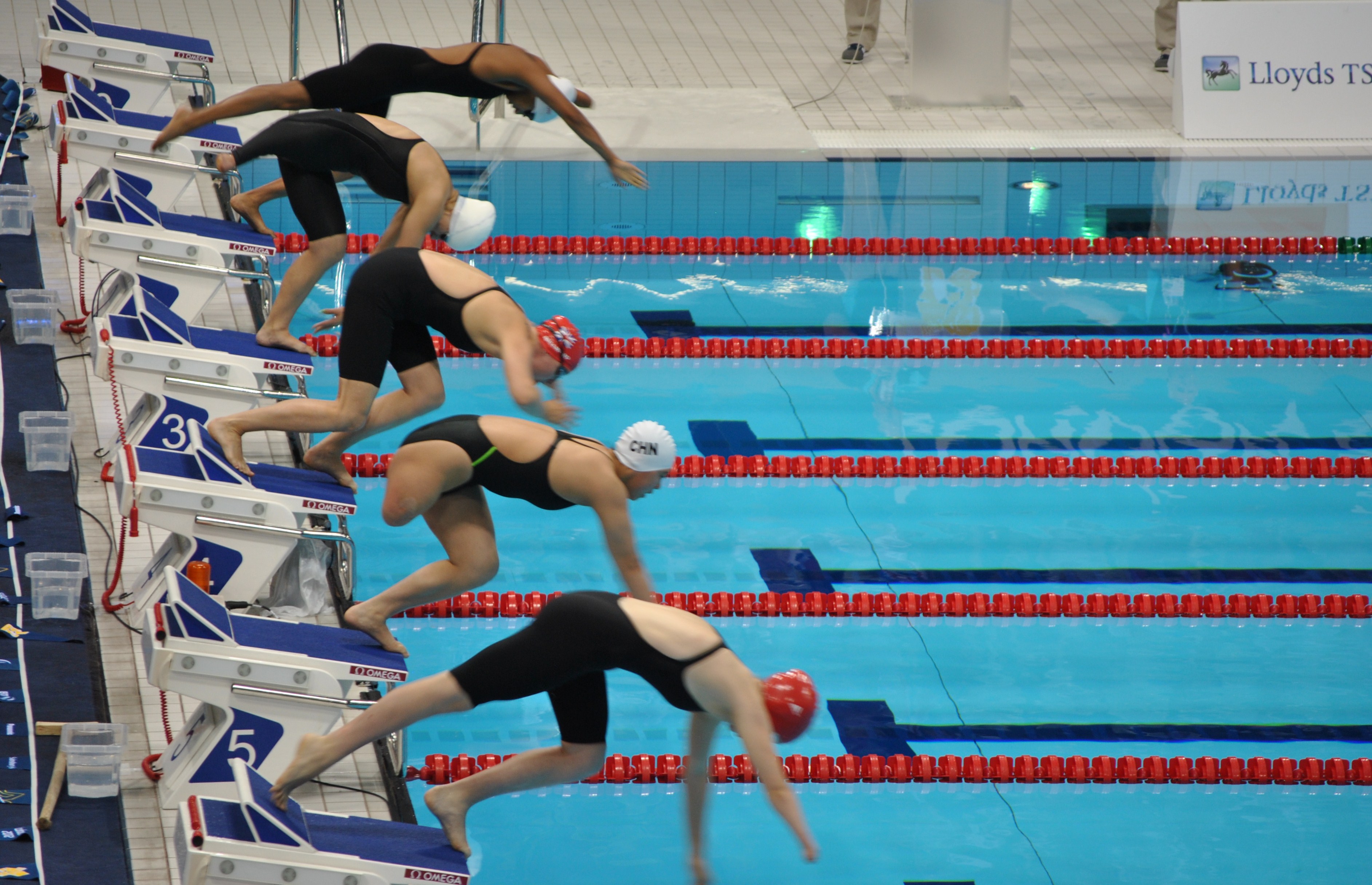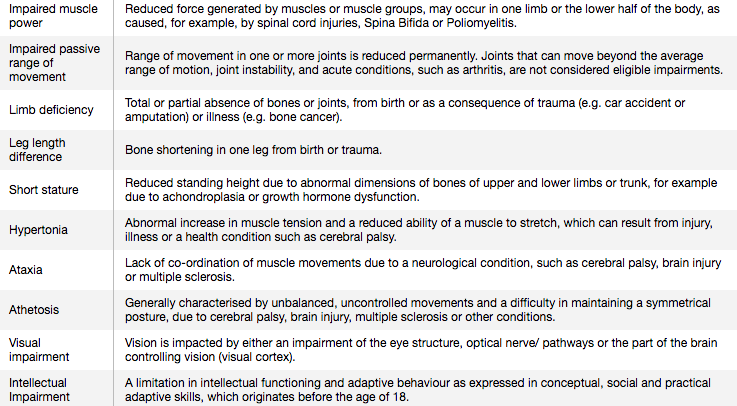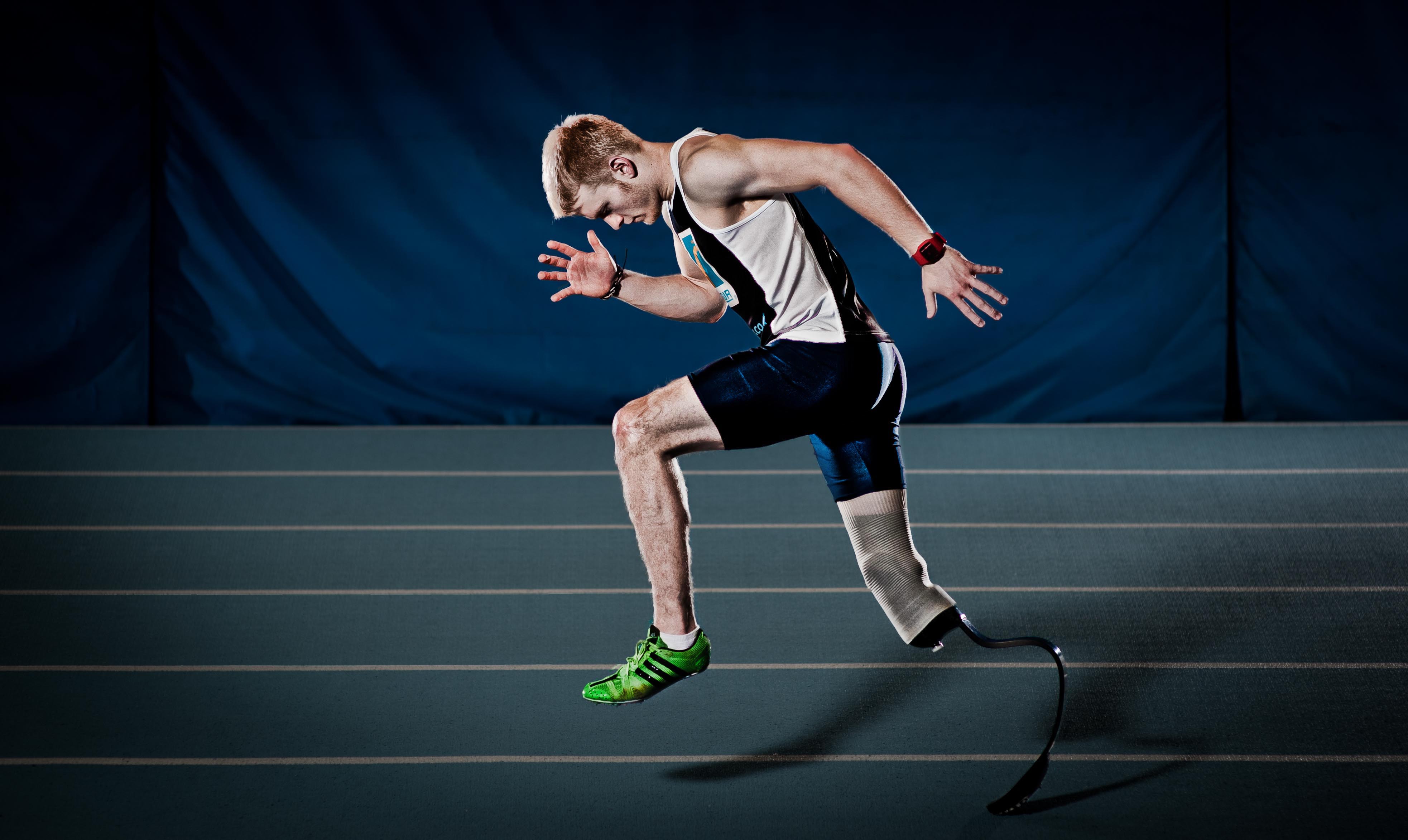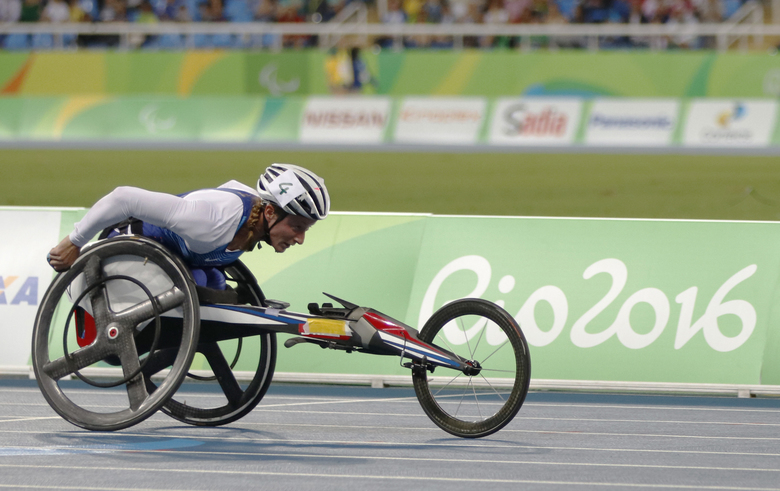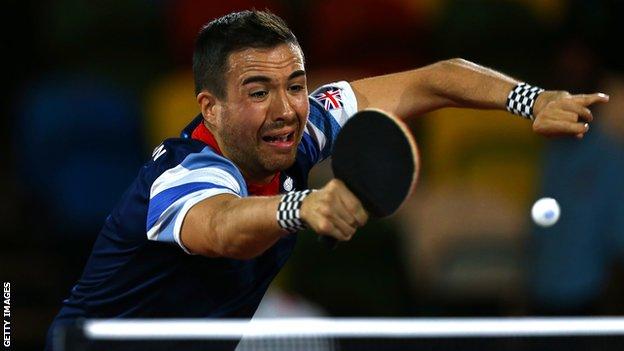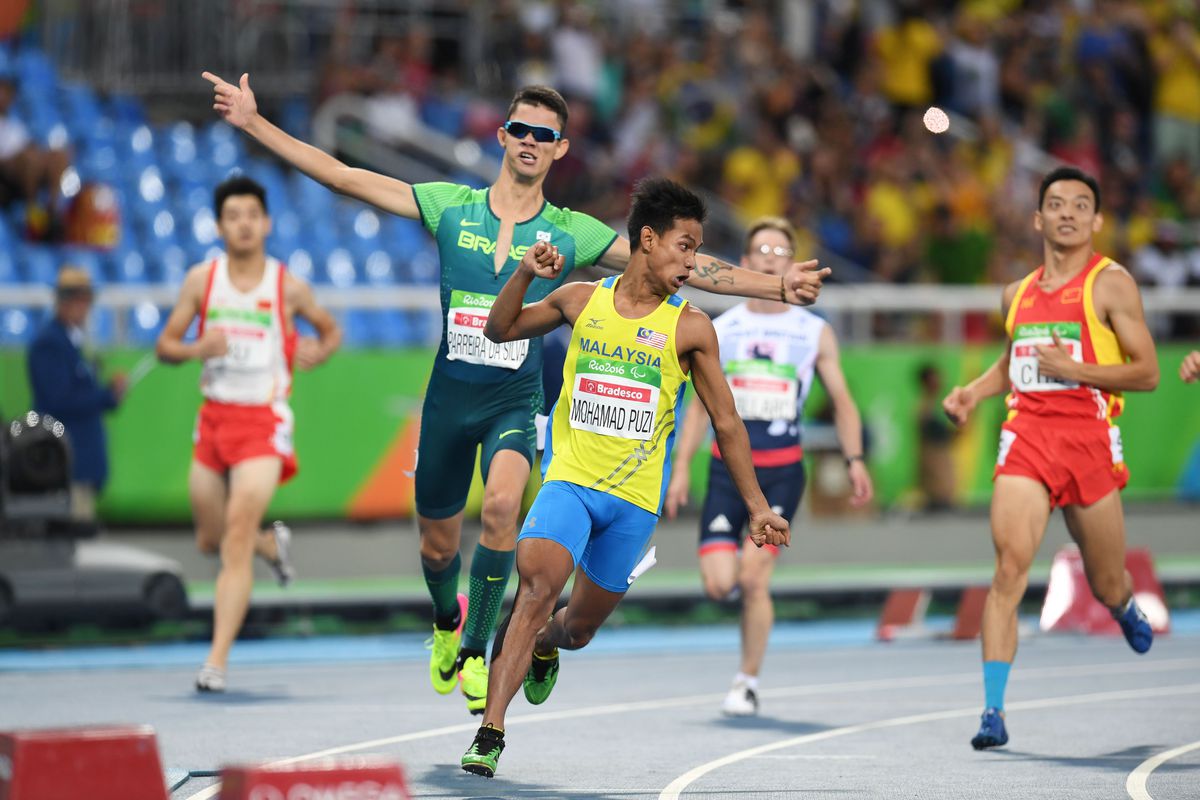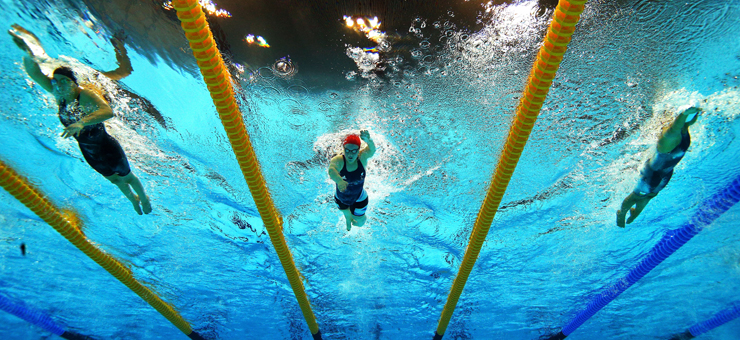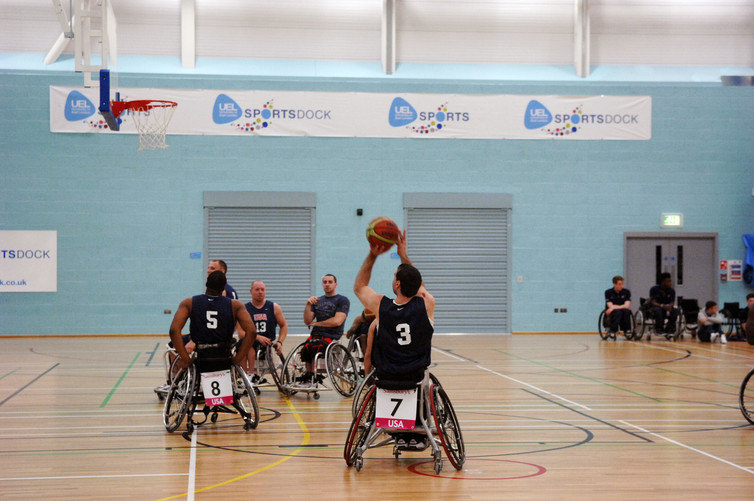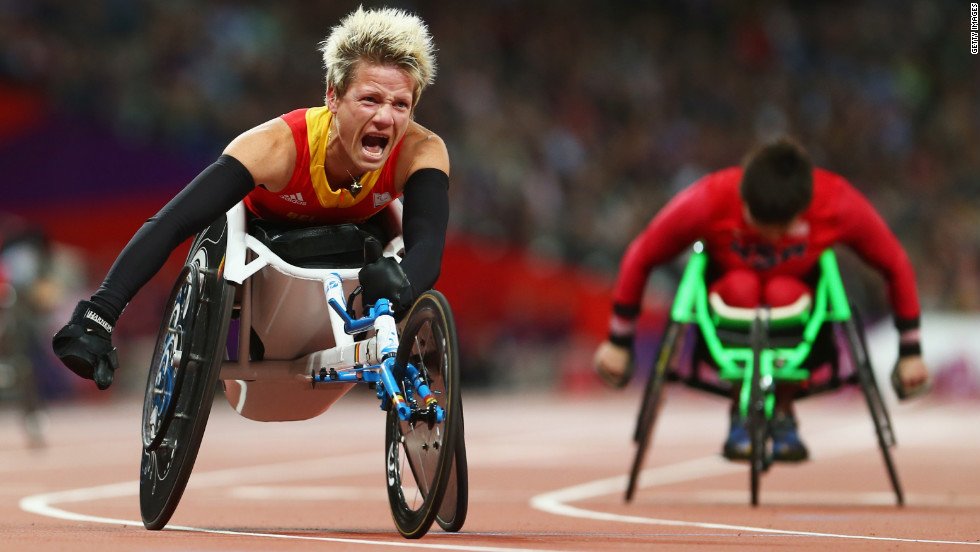How Are Disabled Athletes Classified In The Paralympic Games?
A special classification system is used to assess an athlete's impairment.
Held from 7 to 18 September, the ongoing Rio Paralympic Games is, without a doubt, one of the biggest sporting events this year
Millions have tuned in to watch athletes giving their best in different events, including our Malaysian Paralympians who clinched 3 gold medals.
If you've been catching up on the event, chances are you've seen a swimmer with one leg on the blocks next to another swimmer with two legs.
How is that fair?
You see, each sport in the Paralympics have different physical demands and so has its own set of classifications.
Classification is the process of allocating athletes into classes so that they compete against others whose impairment is on the same level as theirs
Paralympic athletes are grouped into classifications based on their physical abilities. It aims to create a level playing field by grouping athletes into classes based on their ability to perform a certain activity.
To a certain extent, this is similar to grouping athletes by age, gender or weight.
To qualify, athletes would have to fall into at least one of the 10 impairment categories, as shown above.
The first element of classification is to determine whether an athlete has an impairment that makes them eligible for a sport.
To qualify, athletes would have to fall into at least one of the 10 impairment categories, as shown above.
Every athlete competing at the Games has to go through an evaluation, conducted by officials called “classifiers”, who are appointed by the international governing body of that particular sport. It is a long-term process which takes place at all major events, before and during competition.
Classifiers assess the athlete's impairment and how it impacts their ability to perform certain functions in the sport
Each sport’s Paralympic classification rules describe how severe an impairment must be for an athlete to be considered eligible. These criteria are referred to as minimum disability criteria. After each evaluation, the athletes are assigned a sport class.
What's a sport class?
The Rio Paralympic Games consists of 22 sports but not all disability categories can compete in each event.
Why?
It's because each sport has different physical demands and the classes are differ from one sport to another. This also means that a sport class does not necessarily comprise of athletes with the same impairment. If different impairments cause similar activity limitation, athletes with these impairments are allowed to compete together.
Classes are distinguished by a system of letters and numbers
The letters and numbers vary from sport to sport. For example, the prefix 'T' and 'F' are used in athletics to distinguish each class.
Each class has two digits. The first indicates the nature of an athlete's impairment and the second the amount of functional ability. The lower the second number, the greater the impact of impairment on the athlete.
Ridzuan Puzi, Malaysia's first gold medalist, falls under the T36 (cerebral palsy) category.
Swimming is a little bit different from other sports in the Paralympics as it combines the conditions of limb loss, cerebral palsy, spinal cord injury and other disabilities across classes.
Only swimmers with visual and intellectual impairment are placed in different categories. The prefix 'S' denotes the class for freestyle, backstroke and butterfly. 'SB' denotes the class for breaststroke, and 'SM' denotes the class for individual medley.
Certain sports like wheelchair basketball have a more restrictive eligibility criteria
Athletes in the sport are classified according to their level of impairment within a wheelchair and given a point rating. Players with the least impairment receive the most points (4.5) and the most impaired players are low pointers (down to 1.0).
To prevent the game being completely dominated by the high pointers, a team is limited to a total of 14 points on the court at any time.
As the Paralympic Games becomes higher profile and more competitive, there is increasing pressure on the classification process to get it right, and on athletes to optimise their classification
